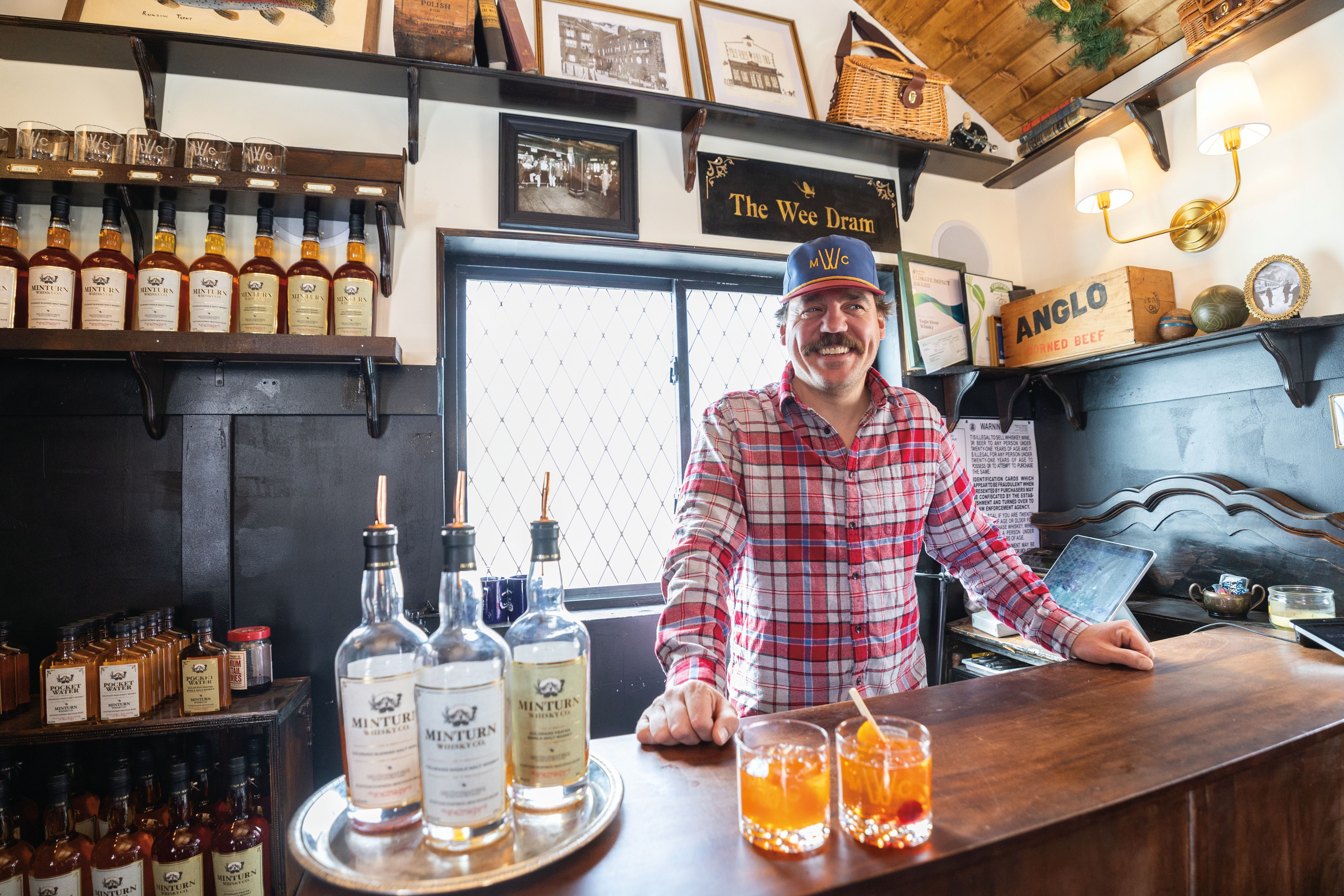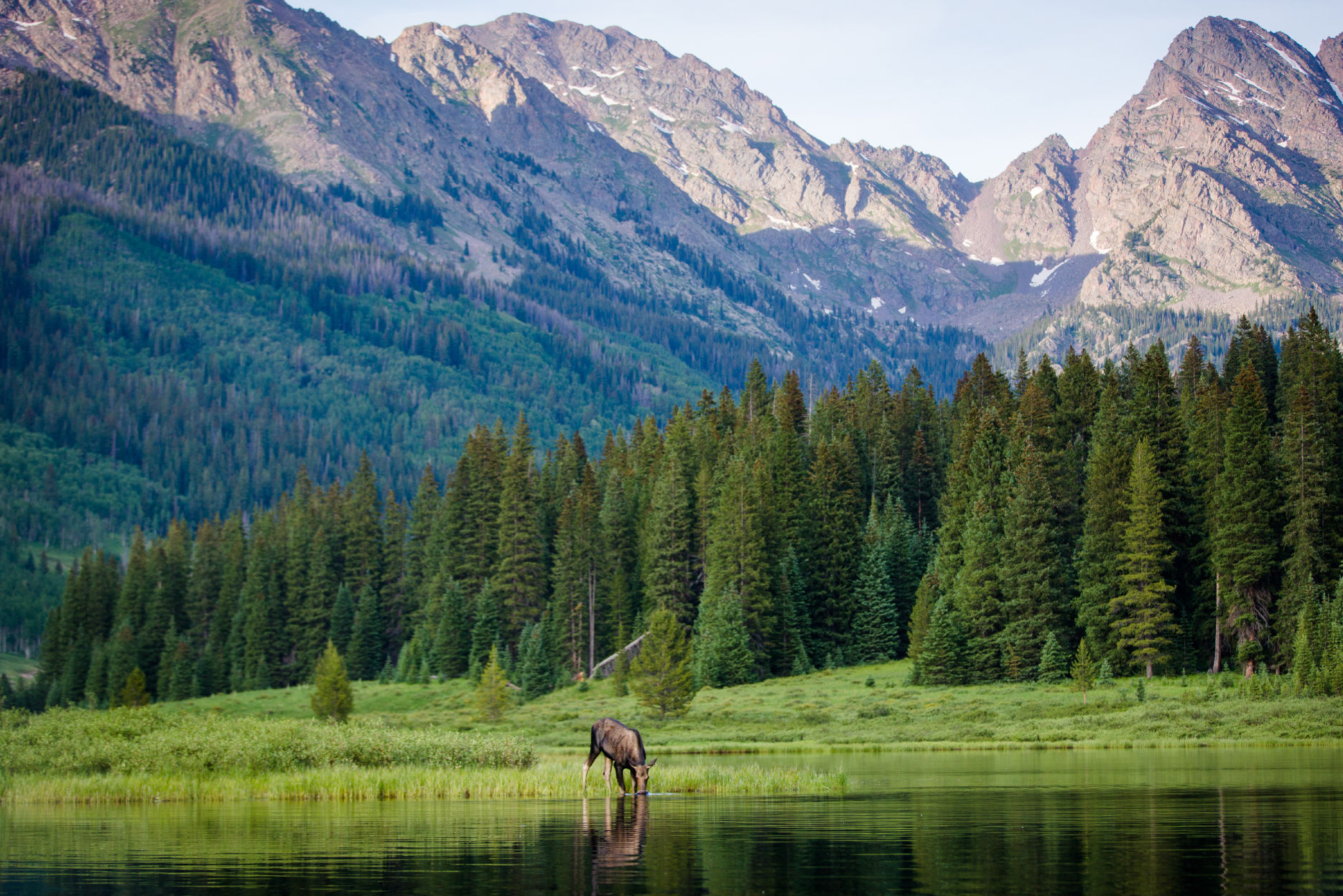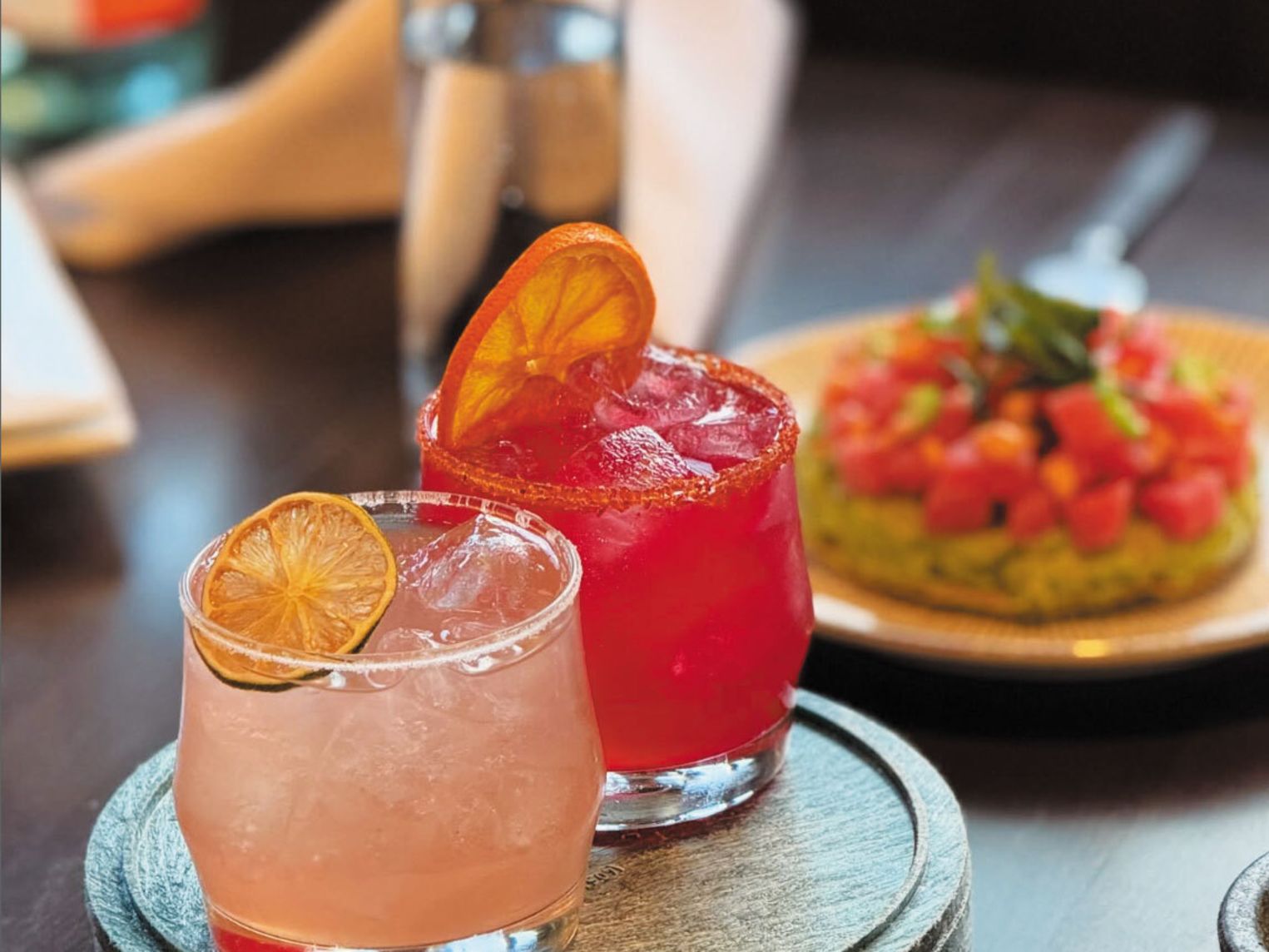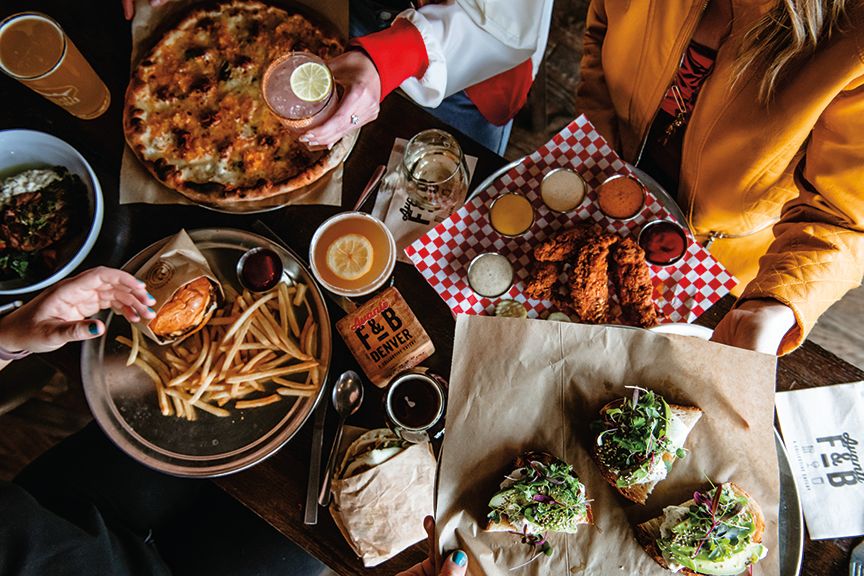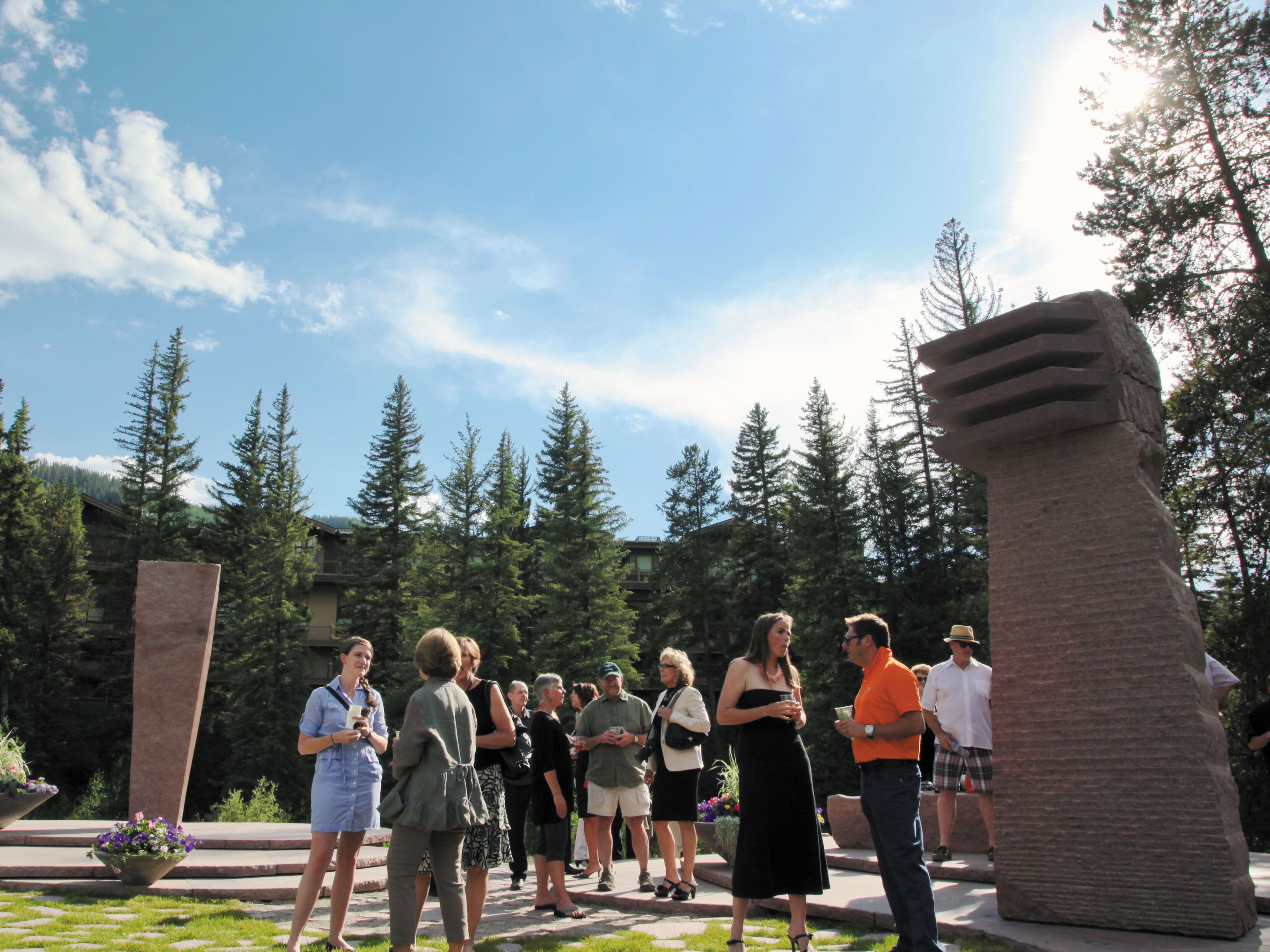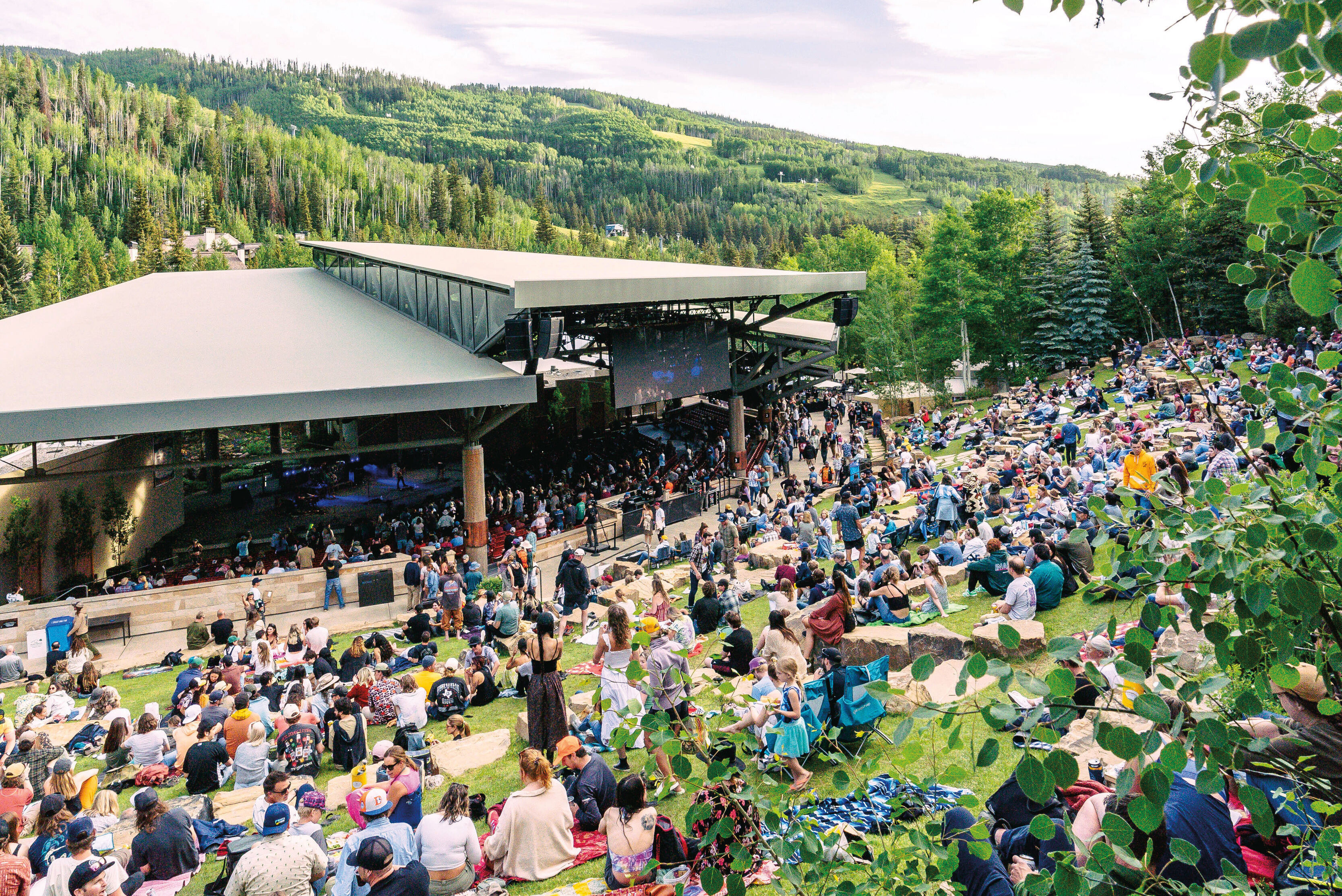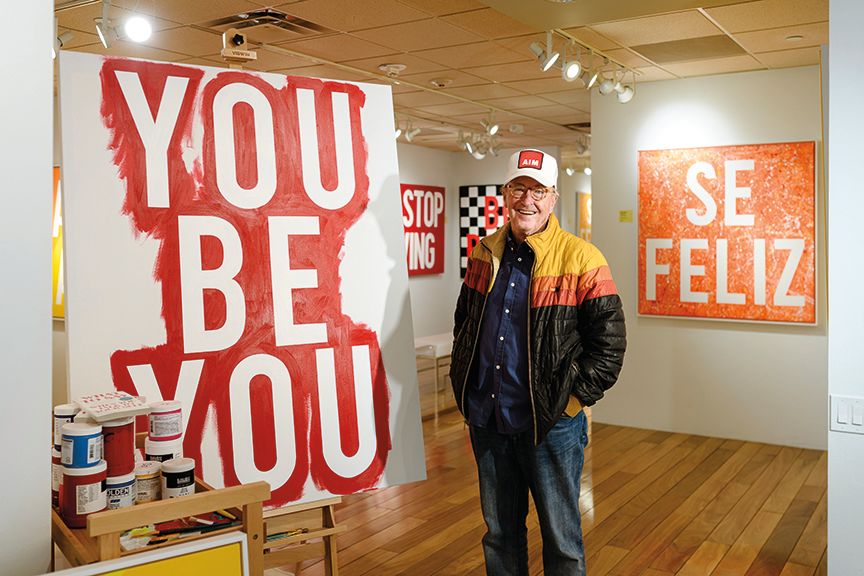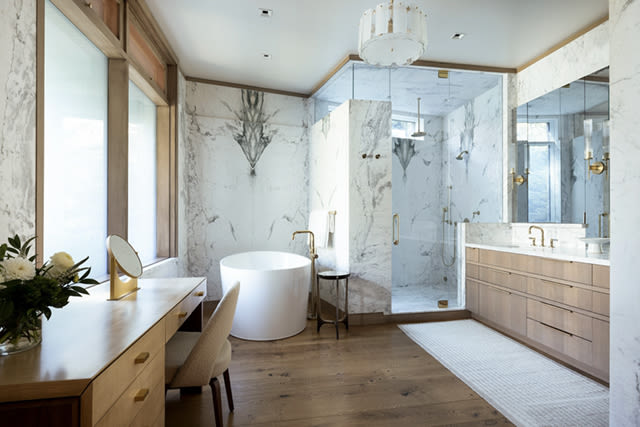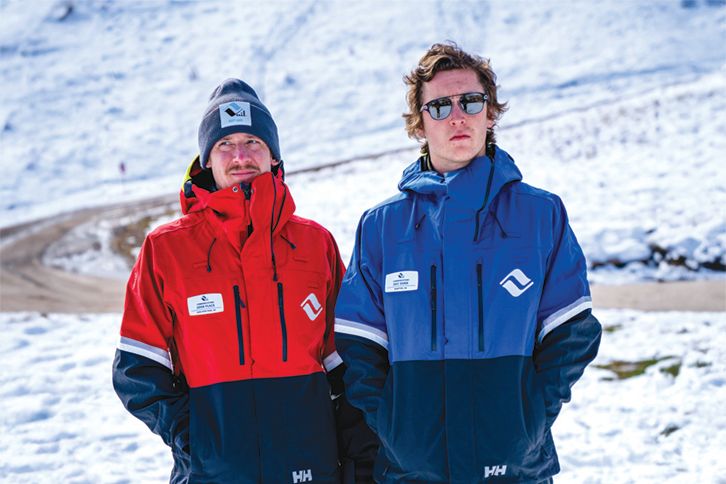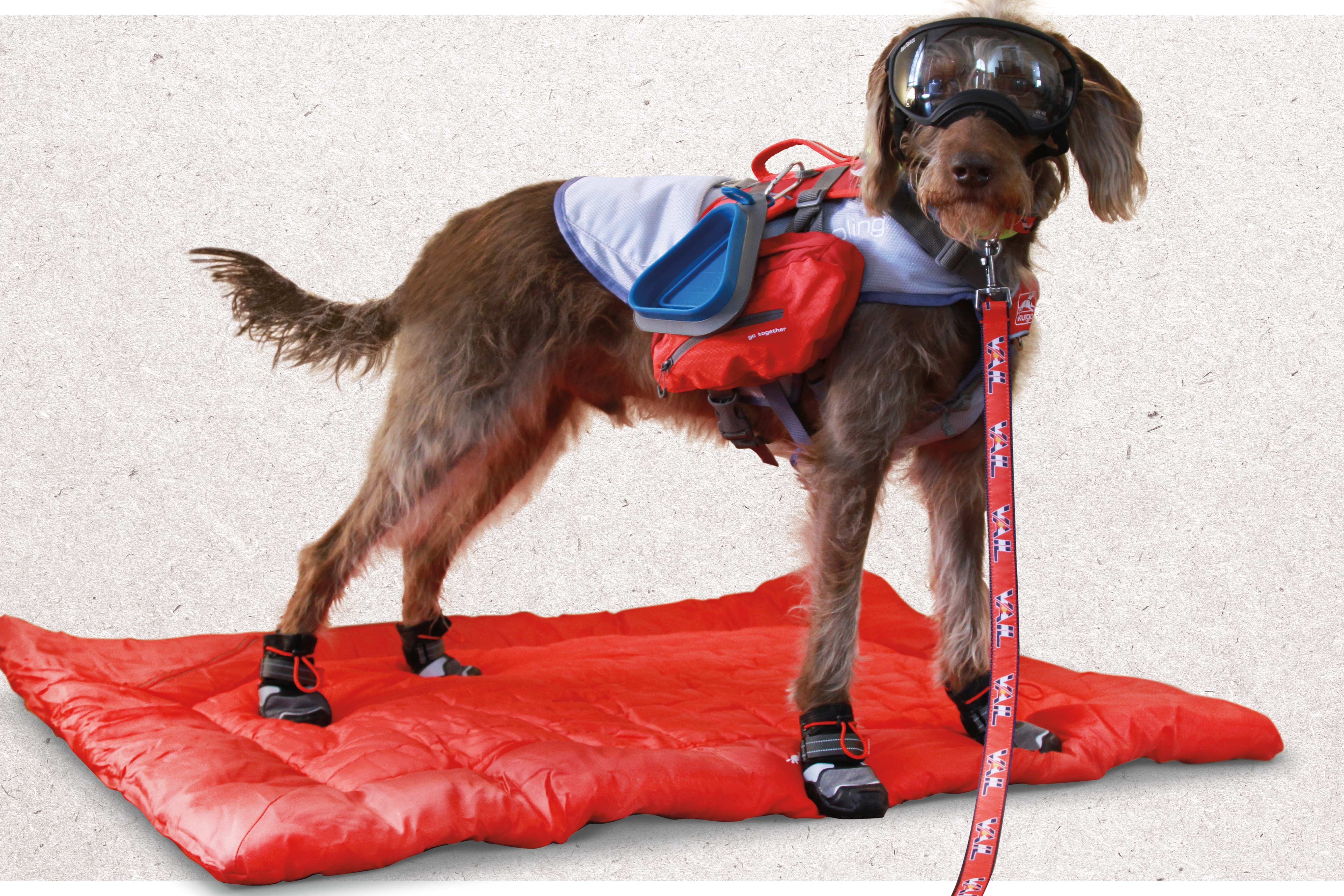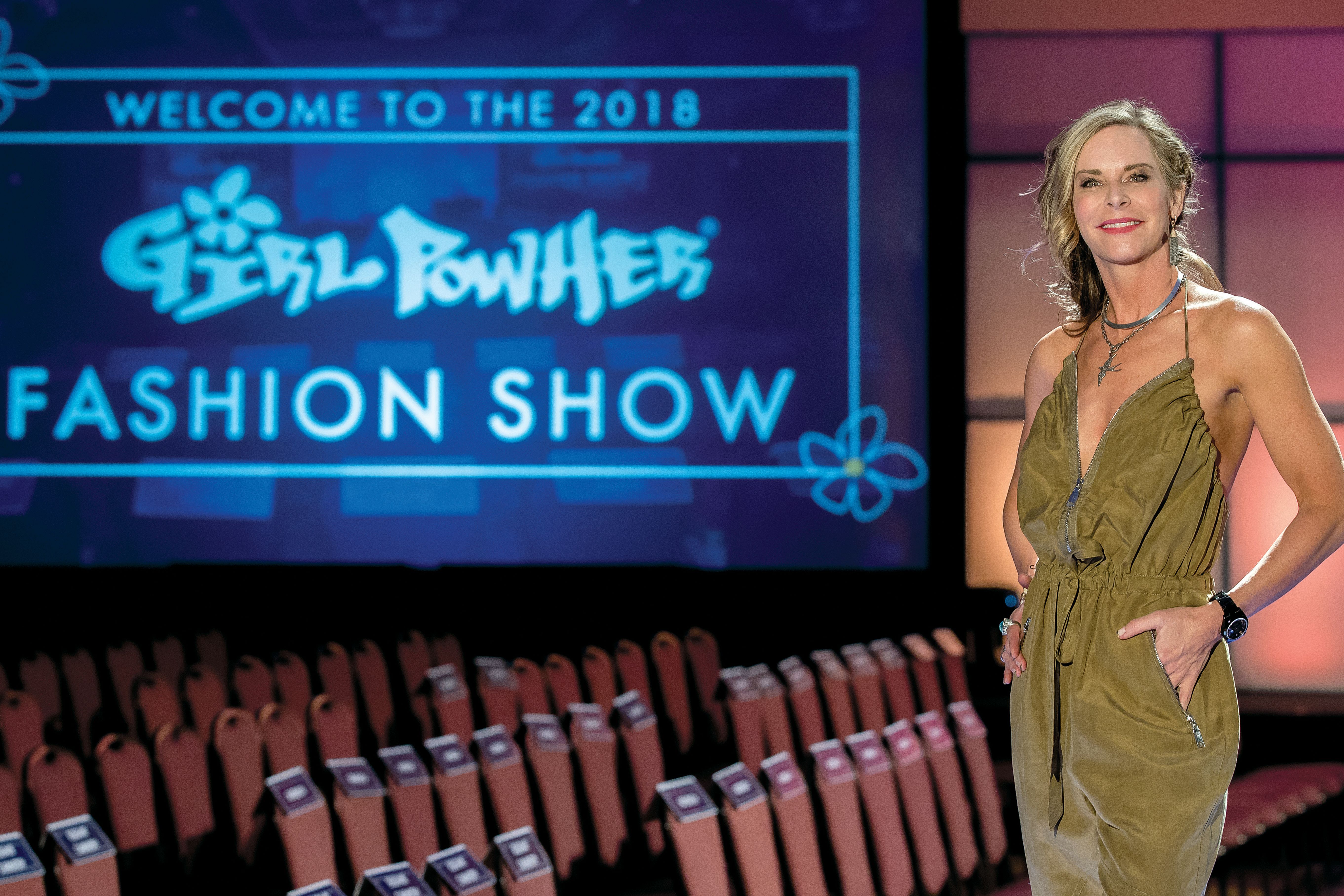
Amanda Precourt on Her Mission to Give Back to the Valley That Raised Her
"I was born and raised in Denver, but my father has had a home in the Vail Valley since I was about 2 years old—I learned how to ski here—and I’ve been coming here for as long as I can remember. I worked in San Francisco for five years after college as a 'dot-commer,' building websites and internet trading platforms. Then I moved back to Colorado and worked in internet finance for quite some time.
After 9/11, my career kind of came to a halt. I was living in Denver and decided to leave the dot-com world after everything happened. I had worked at Morgan Stanley and had spent a lot of time in New York and in the Twin Towers training all the brokers on the dot-com platform, so it hit me pretty hard. I decided I wanted to reevaluate my life. I wanted to feel like I was making a difference and was giving back, that it wasn’t just about making money.
The first nonprofit I became involved with up here was Habitat for Humanity. I had done a Habitat build in Chile for three weeks in 2004, and I realized what an amazing organization it is and how important access to housing is for anyone, no matter their financial situation. After starting an international volunteer program at Habitat for Humanity Vail Valley—I led builds with volunteers from Eagle County to Cambodia, Nepal, and Malawi, all over the place—I was on the board for about nine and a half years, and on the executive committee for about five years. My term just ended in December, so that’s a little bittersweet. Habitat’s an amazing organization, and I’m happy to have been so involved with them, but I’ve got new projects on the horizon and other things that I need to focus my energy on.
Like the Youth Foundation’s Girl PowHER program. I think, in general, little girls sometimes grow up with a skewed sense of self based on what the media, friends, or family tell them they should be. And little girls can be very hard on themselves. So, I thought, “How can I help?” And now it’s blossoming; we raised over $200,000 at our annual fashion show fundraiser this year—not bad for a three-hour afternoon event! Girl PowHER programming covers everything from sports, art, mentorship, adventure camps, bullying, and girls’ groups to talk about issues they might be having at home, in an environment where they’re not judged. I think the thing that’s been really helpful, too, is that I’ve been honest about my own struggles with depression and anxiety, and I talk to the girls openly about that.
I spent 15 weeks in treatment for depression coupled with an endocrine disorder, and I spent four years not talking about it before I started to realize I needed to stand up for mental health in Colorado. When Eagle County’s ballot question for mental health funding came up in November, friends in the mental health world asked, “Is there anything you can do?” So I decided to pen a letter to the Vail Daily about my own struggles. I was really nervous when I wrote it. I don’t know if my letter swayed the vote (the measure passed with support from more than 73 percent of voters), but I hope it got more people coming out for the issue, because I think it’s really important that we have funds in the community to help those with mental health issues. Colorado has the sixth-highest suicide rate in the nation, which shocks most people, and Eagle County is something like three times higher than the state average.
When I was having a hard time, there was nowhere to go—nowhere. It was kind of humiliating in some ways because I tried to hide that I was struggling for so long. I pretended that I was OK for about a year and a half, but I was getting sicker and sicker, and nobody could figure out what was wrong. I was finally admitted to Vail Valley Medical Center (now Vail Health) after I tried to harm myself, and to be in a hospital where people know who you are, and you have two armed guards outside your door, it’s not the way it should be. You should be able to bow out and ask for help in a way that’s not so public. It should be graceful. When you need help, you should be able to find someone to talk to, or if you’re as sick as I was, there should be a way that you can take a break from life and deal with what you need to deal with.
I got involved with the Helen and Arthur E. Johnson Depression Center at the University of Colorado’s medical school about two and a half years ago, and I told them that if they’d let me build a residential treatment center that I would give them the seed money to do it. So that’s what’s happening. I’ve been given five and a half acres out at Anschutz Medical Campus in Aurora, and we are in the process of writing our business plan. I can’t wait to cut the ribbon on that one and admit our first patients.
It seems like I live in these two different worlds, but it’s interesting how much overlap there is. With Habitat for Humanity, we’re building homes for people who need homes; with Girl PowHER, we’re building strong young women who hopefully won’t struggle with mental health issues as much; and then with the Depression Center, we’re building a residential place for people who need help. So there are a lot of synergies in what I’m doing. Creating that home space is the way to cultivate a healthy person: if you have a healthy, happy, beautiful place to live, you can be more productive as a child, and you can also be more productive as an adult. I’m not drawing on paper or creating marketing materials anymore, but I’m creating a space that is beautiful and functional and peaceful.
I split my time between Denver and Vail, but Vail will always be my home, and I have more things I want to get involved with up here. I don’t know what the next thing is yet, but I know there’s more to come."







